Phonoscopic examination is one of the procedures prescribed by law that consists in verifying the reliability and relevance of audio information. Today in practice there are a lot of cases where such materials are of evidentiary value. Let us further consider how phonoscopic examination is carried out. 
Analysis objectives
Phonoscopic examination of video and audio information is carried out to establish:
- The facts of installation, erasure, re-creation, fragmentation and other changes.
- Speaker personalities by speech.
- Circumstances, conditions, materials, means of recording.
- Other facts relevant to the investigation.
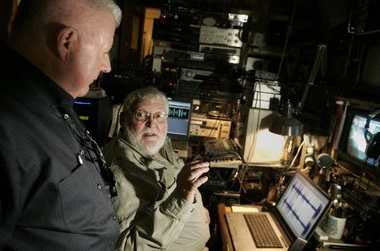
During the investigation, information contained in various media is tested. So, the examination of the video allows you to separate the audio track and analyze it. Checks can be made to the magnetic tape of a cartridge or reel, disk drive, memory card, optical, laser, magnetic or hard disk. A phonoscopic examination can be appointed at the stage of the preliminary investigation or judicial review, as well as in preparation for the proceedings.
Specificity
When appointing an examination, additional information on circumstances and conditions, methods and technical means of creating a phonogram may be required. In some cases, an analysis of the recording device itself is also required. Verification of additional materials is important for the most accurate qualification of recording defects, violations of its continuity, determining the presence or absence of signs of installation. This, in turn, prevents the occurrence of probable expert errors. 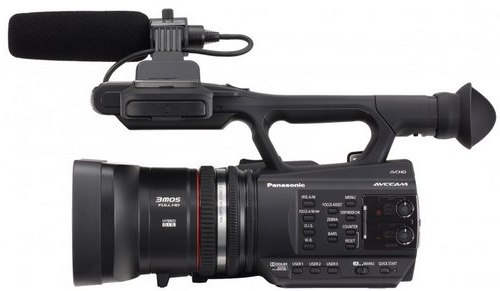
Decryption
Phonoscopic examination of video and audio information is accompanied by a written fixation of the verbatim text of negotiations (voice messages). In this case, the specialist must monitor the correspondence of punctuation marks to the division of speech into semantic components. Examination of video or audio information is often carried out using a digital voice recorder. Subsequently, you may need to attach it to the case file.
Phonoscopic examination: questions to the expert
The specialist in the course of analysis performs the following actions:
- Sets the verbatim content of the conversation.
- Determines whether there are signs of copying, editing, or other changes made to the audio information during its creation or after completion of this process.
- Carries out copying (with elimination of noise if necessary) on the provided carrier.
At the end, the specialist draws up a conclusion. It, together with a copy of the conversation and expert testimony, is attached as a derivative material evidence to materials. If necessary, the specialist gives clarifications on certain points within his competence. The conclusion should indicate that no changes were made during the dubbing (no parts of the original phonogram were missed, removed or distorted). 
Task classification
They are diagnostic and identification in nature. The latter include, for example, the establishment of the identity of the speaker of speech. Diagnostic tasks include, in particular, determining the dialed number, the audio source, and so on.Phonoscopic examination acts as one of the checks of such materials. It should be said that the methods for the comprehensive identification of traces of digitization, re-overlapping, signs of installation and other facts indicating a change, a violation of authenticity are constantly being improved. An examination of sound recording can be accompanied by cleaning it from interference and noise, establishing the verbatim content of negotiations. Such procedures are necessary to establish the relevance of non-verbal and verbal information to the materials of the investigated or pending case. 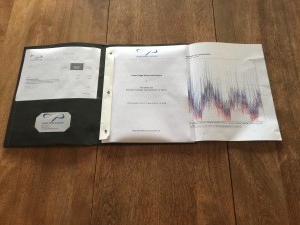
Who does this analysis?
According to procedural legislation, a phonoscopic examination is entrusted to an institution or directly to an official who has special skills and knowledge necessary for drawing up an opinion. The norms do not establish the requirement that such verification is necessarily carried out only by employees of state structures.
In criminal practice, phonoscopic examination is mainly carried out by government agencies with the necessary personnel and equipment. During civil proceedings, the analysis is carried out by non-governmental organizations or independent specialists personally. This situation is due to the high workload of departmental structures involved in the investigation of criminal offenses. This significantly increases the timing of inspections and, accordingly, inevitably delays the consideration of civil disputes. 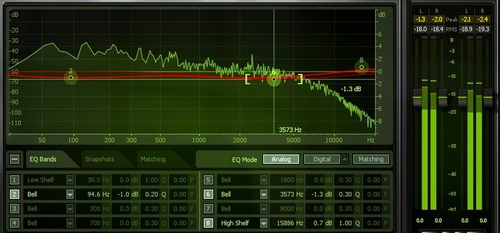
Artist selection
Before commissioning the audit to a non-governmental institution or an independent expert, it is necessary to make sure of their competence and the availability of appropriate equipment that must meet modern requirements of domestic legislation. The specificity of audio analysis is that the specialist performing it is required to possess certain knowledge relating to different areas of technology and science (radio engineering, linguistics, mathematics, and so on).
Analysis Benefits
Undoubtedly, the use of phonoscopic examination, during which written documentation of telephone and other conversations, oral testimony is created during the execution of procedural actions, audio information, significantly contributes to the formation of evidence. However, on the other hand, the need for verification and evaluation of materials is increasing. Phonoscopic examination is not defined in law as a mandatory procedure. Nevertheless, it is considered a fairly effective method of carrying out a reliable analysis of audio information of evidentiary value. 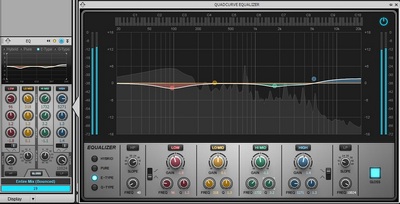
Finally
Among the variety of evidence-gathering methods, phonoscopic examination occupies a special position. If you have the necessary equipment, you can not only identify the speaker, but also establish his location at the time of the conversation, determine the time and other circumstances. Specialists can analyze different types of recording sources, including those with damage. Modern equipment allows you to clean the conversation from extraneous noise and interference, separate them and, if necessary, also analyze.
An effective solution to the tasks, a comprehensive and complete study of the materials provided, through which the creation, storage of audio information is possible, is possible solely on the basis of special knowledge of various scientific disciplines. In this regard, it is necessary not only to improve the equipment through which the examination is carried out, but also to increase the professionalism of the specialists themselves. Despite the fact that such an analysis is not mandatory, it contributes to the formation of a more complete picture, reflecting all the circumstances of the case.This undoubtedly has a positive effect on the number of disclosed crimes and the issuance of fair court decisions.

